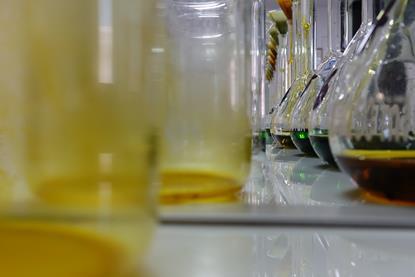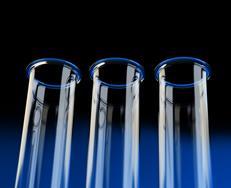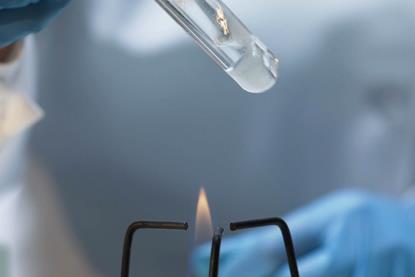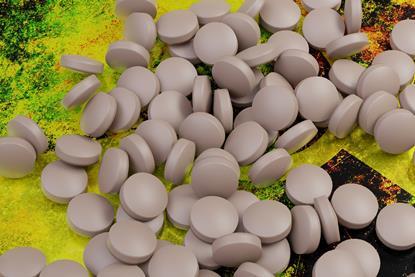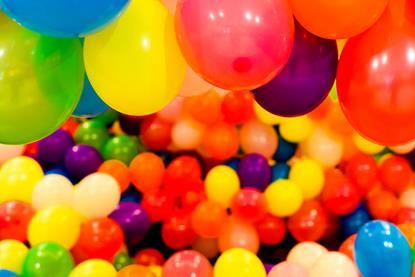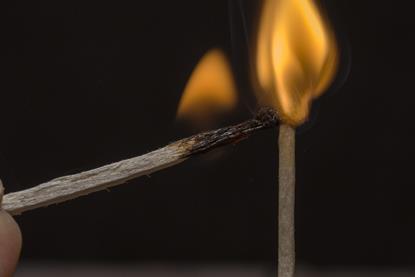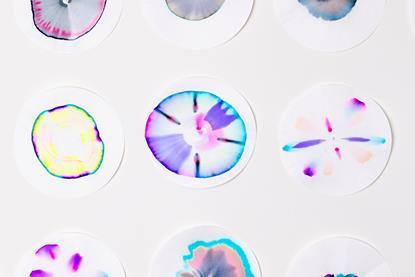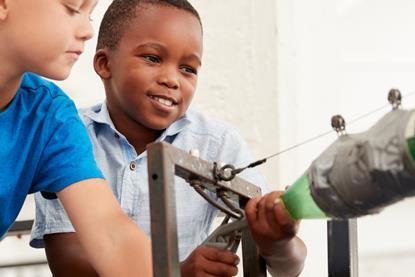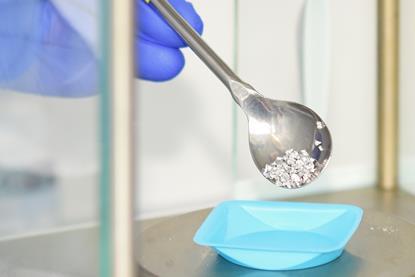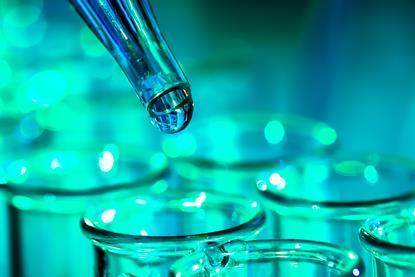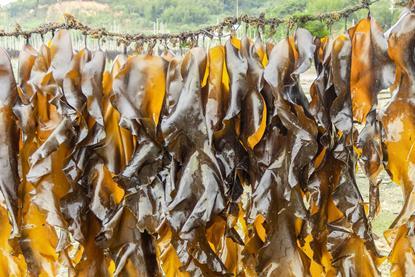- Home
- I am a …
- Resources
- Collections
- Remote teaching support
- Starters for ten
- Screen experiments
- Assessment for learning
- Microscale chemistry
- Faces of chemistry
- Classic chemistry experiments
- Nuffield practical collection
- Anecdotes for chemistry teachers
- Literacy in science teaching
- More …
- Climate change and sustainability
- Alchemy
- On this day in chemistry
- Global experiments
- PhET interactive simulations
- Chemistry vignettes
- Context and problem based learning
- Journal of the month
- Chemistry and art
- Classic chemistry demonstrations
- In search of solutions
- In search of more solutions
- Creative problem-solving in chemistry
- Solar spark
- Chemistry for non-specialists
- Health and safety in higher education
- Analytical chemistry introductions
- Exhibition chemistry
- Introductory maths for higher education
- Commercial skills for chemists
- Kitchen chemistry
- Journals how to guides
- Chemistry in health
- Chemistry in sport
- Chemistry in your cupboard
- Chocolate chemistry
- Adnoddau addysgu cemeg Cymraeg
- The chemistry of fireworks
- Festive chemistry
- Collections
- Education in Chemistry
- Teach Chemistry
- Events
- Teacher PD
- Enrichment
- Our work
- More navigation items
Chemistry for non-specialists
Teach with flair and enthusiasm with the help of this collection of experiments and demonstrations specially designed for non-specialists
If you’d like to buy a copy of the book these resources are drawn from, visit our online bookshop. If you’re a Royal Society of Chemistry member, don’t forget to use your 35% discount.
Looking for professional development support? Find out more about teacher professional development courses, resources and support from the Royal Society of Chemistry.
Reacting elements with oxygen
Different members of the periodic table will exhibit different reactions when exposed to oxygen, often through heating. This practical supports students to understand the diversity of chemicals and their principles.
Creating an effervescent universal indicator ‘rainbow’
This quick practical uses existing chemicals in your learning space, for students to observe the effervescent reaction that causes universal indicator to create a ‘rainbow’ of colour. Kit list and safety instructions included.
The reaction of magnesium with steam
Plunge a burning magnesium ribbon into the steam above boiling water and allow the hydrogen that is formed to burn – or collect it over water and test it with a lighted spill.
The reaction between zinc powder and sulfur
A spectacular practical demonstration to show the differences between elements, mixtures and compounds
Making a reaction tube
Guide students through this practical to create a reaction tube. Includes kit list and safety instructions.
Competition for oxygen | reacting metals with oxides
Explore the reactions of metals when exposed to the oxide of another metal. When reactions like these occur, the two metals compete for the oxygen. Includes kit list and safety instructions.
Electrolysis of potassium iodide solution
Find out how the electrolysis of a potassium iodide solution works with this practical. Includes kit list, and safety instructions.
An alternative to using compressed gas cylinders
Getting gas under pressure allows exciting demonstrations such as igniting balloons filled with hydrogen gas. Includes kit list and safety instructions.
Flame tests (the wooden splint method)
Find a new method to perform flame tests using wooden splints soaked in chlorides. Includes kit list and safety instructions.
Making nylon: the ‘nylon rope trick’
The ‘nylon rope trick’ is a classic of chemistry classrooms, by mixing decanedioyl dichloride and in cyclohexane you can create a solution that will form nylon strings when floated on an aqueous solution of 1,6-diaminohexane. Kit list and safety instructions included.
Neutralisation circles
Support students to explore neutralisation circles in this experiment that can be performed with common chemistry classroom equipment. Kit list and safety instructions included.
The methane rocket
Ignite methane with oxygen in a bottle, and amaze students with this methane rocket. Contains kit list and safety instructions.
The effect of concentration on reaction rate
Students react sodium thiosulfate solution is reacted with acid – a sulfur precipitate forms. The time taken for a certain amount of sulfur to form can be used to indicate the rate of the reaction. Contains kit list and safety instructions.
Extracting limonene from oranges
Limonene is found in oranges, and now your classroom. Create a distillation apparatus and support students to make their own plant oils. Includes kit list and safety instructions.
Diffusion of gases – a safer alternative to bromine
Diffusing gases can be a tricky thing to do, but by creating an alternative to bromine, you can make a safer classroom alternative for this process. Kit list and safety instructions included.
Reduction of copper(II) oxide by hydrogen
Determine the formula of copper(II) oxide by reducing it using hydrogen or methane, in one of three methods available to you in this practical. Includes kit list and safety instructions.
Making silicon and silanes from sand
Create silicon in your classroom using just sand and magnesium. This exothermic practical will show learners the nuances of heat based reactions and how to perform them safely. Kit list and safety instructions included.
Testing for negative ions
Guide students into testing for negative ions with this practical. Students note their own observations and use their knowledge to discover more. Includes kit list and safety instructions.
Cross-linking polymers – alginate worms
With a collection of equipment easy to find in your classroom, learners can form alginate polymer ‘worms’ and explore cross-linking polymers












